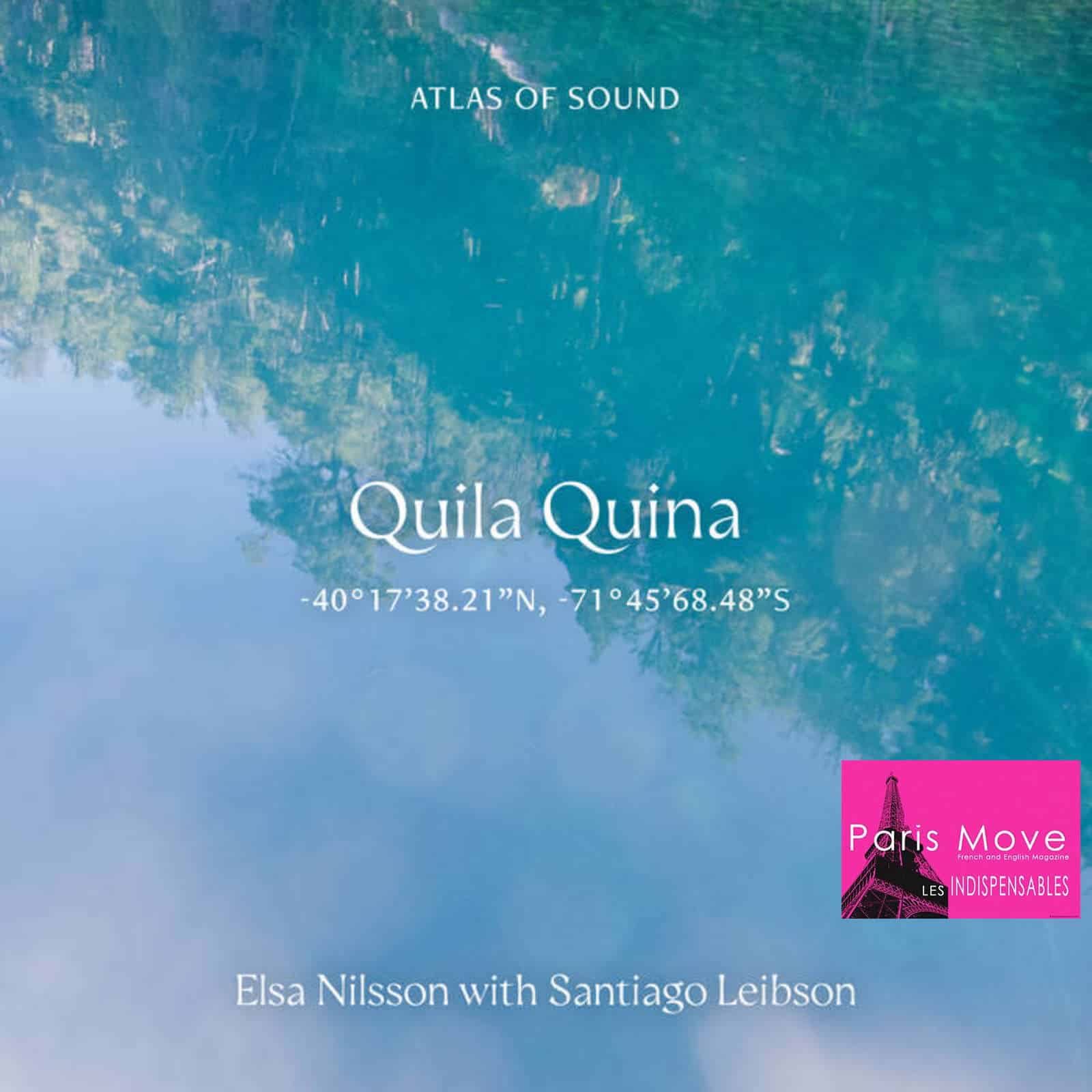| World Music |

This album is a gentle form of daydreaming in romantic poetry and world music. To understand its origins, one must start from the beginning: Nilsson and Leibson will release Quila Quina -40°17’38.21”N, -71°45’68.48”S, which builds upon the vision of its predecessor, Coast Redwoods 41°32’09.8”N 124°04’35.5”W. This time, Atlas of Sound focuses on Quila Quina, in the Patagonian region of Argentina, in the Neuquén province. The coordinates in the titles mark the exact location where the music was conceived. We are forewarned: travel, a change of scenery, a setting that the flute alone imposes with an almost angelic delicacy, supported on the piano by a highly inspired Santiago Leibson. Of course, we can sense their classical influences, with Erik Satie never far from the lingering atmospheres. We need to enter this setting and then let ourselves be carried in a canoe…
Quila Quina is located on the southern shore of Lake Lacár, accessible only by a gravel road or a ferry from San Martín de los Andes. It is situated on national park land, in collaboration with the Mapuche community that lives there. As the national park was being created through colonization, small plots of land were simultaneously purchased by non-indigenous people, and logging became the main industry. Nilsson arrived there a few days before the end of 2023, for a writing residency at Project Oasis, at the invitation of Maryella Marie and her partner Guillermina Fumagalli. Upon her arrival, her hosts arranged a guided tour with a man named Guary Valenzuela — the youngest of ten children in a Mapuche family that claims these ancestral lands.
But let’s not be mistaken: while it is easy to listen to this album, which is musically complex, it is thanks to the genius of these two artists who, through their arrangements, manage to maintain a perceptible dialogue between the two musicians. Such work is not the result of chance; one must carry within a deep love, not only for music but also for discovery and adventure. The more we listen to albums of this caliber, the more selective we become, and we are not alone in thinking that we are witnessing an exceptional instrumentalist. Other jazz-specialized media have made the same observation:
“It’s as close as you can get to being there without actually being there, and it’s another intriguing project from Nilsson that addresses themes of experience, memory, and interconnection.” — Dave Sumner, *The Best Jazz On Bandcamp, April 2022*
“She is the logical choice to bring the necessary step forward to her instrument in the world of jazz and improvised music.” — Paul Rauch, *All About Jazz*
We allow ourselves to be pleasantly drawn into this universe, and without realizing it, we listen to the album an incalculable number of times, for fear of having missed a particular moment here or there, as we can hardly control our emotions and feelings in this work. The album booklet, also highly inspired or inspiring — depending on how you see it — with texts, photographs, and paintings, all immerse you in the creation of this album and the works it contains. One would have to be quite difficult not to be charmed.
If art runs in your veins and feels essential to you, this album will seem “Indispensable.”
Thierry De Clemensat
USA correspondent – Paris-Move and ABS magazine
Editor in chief Bayou Blue Radio, Bayou Blue News
PARIS-MOVE, October 9th 2024
Follow PARIS-MOVE on X
::::::::::::::::::::::
